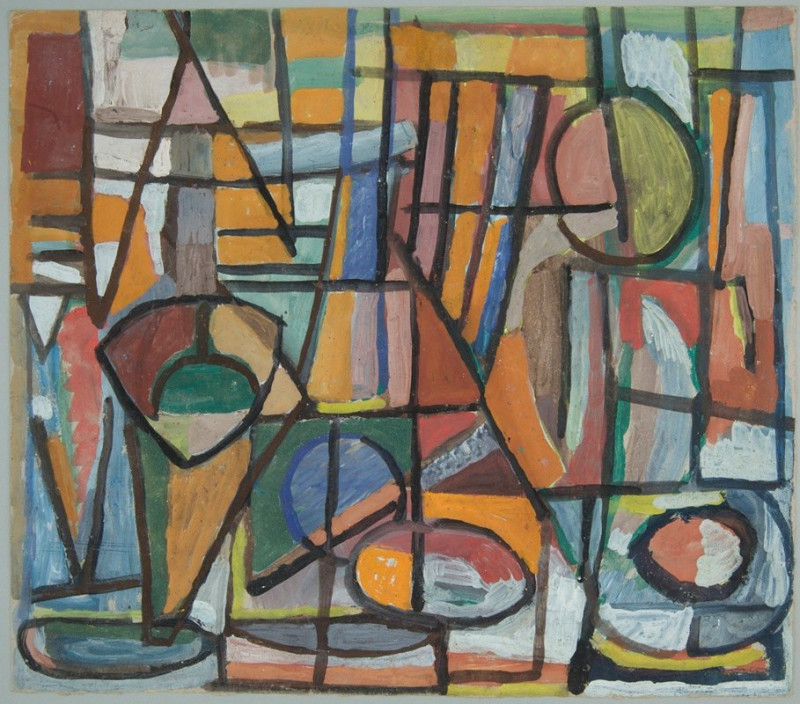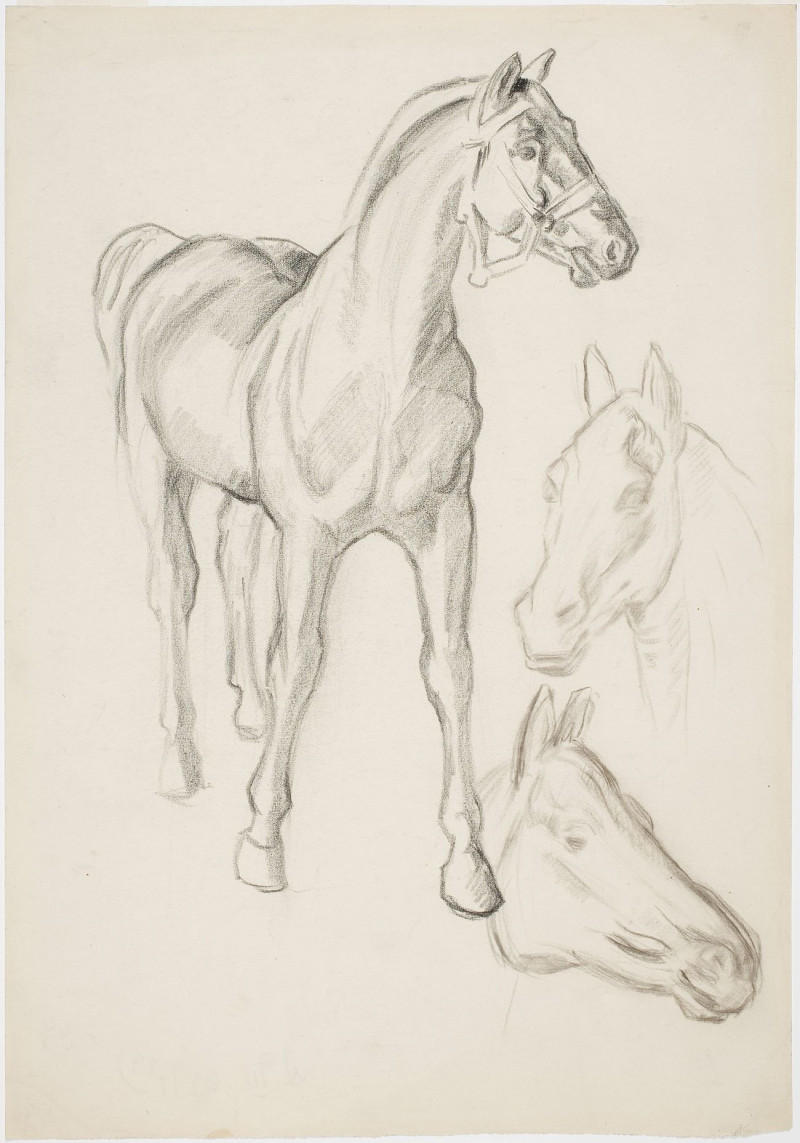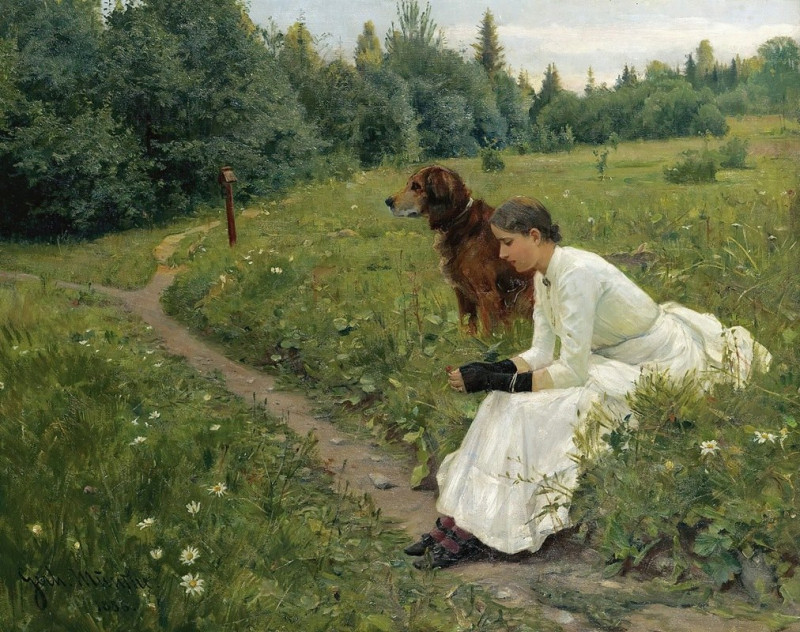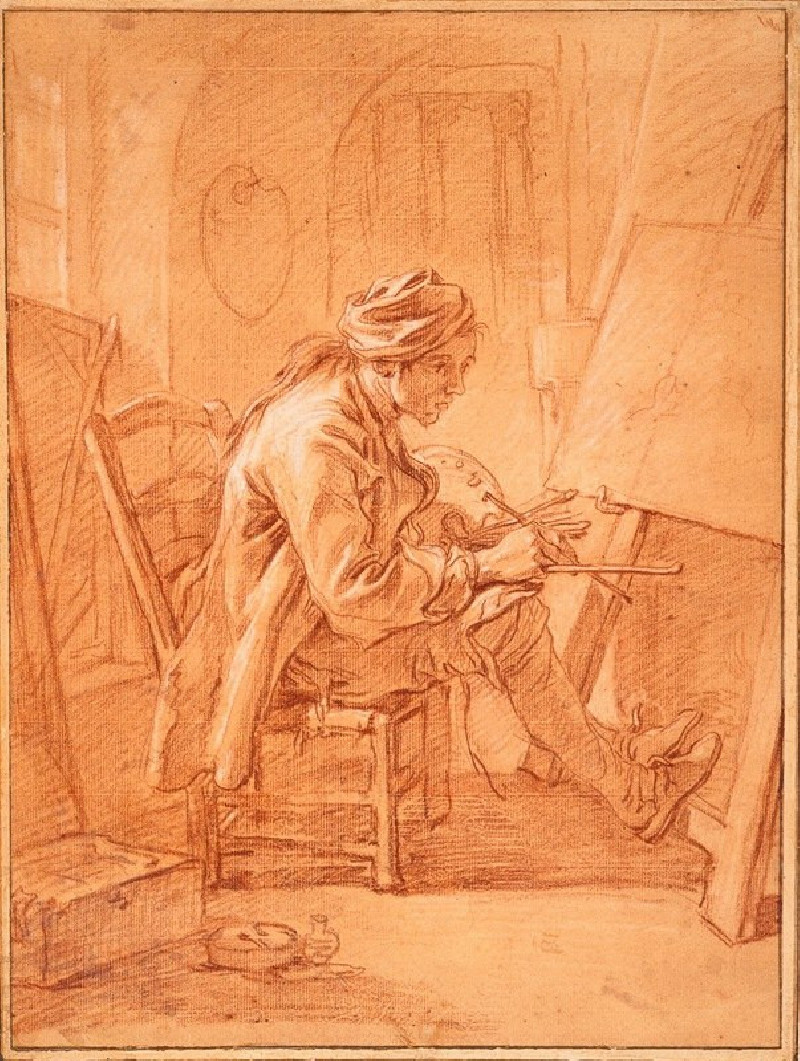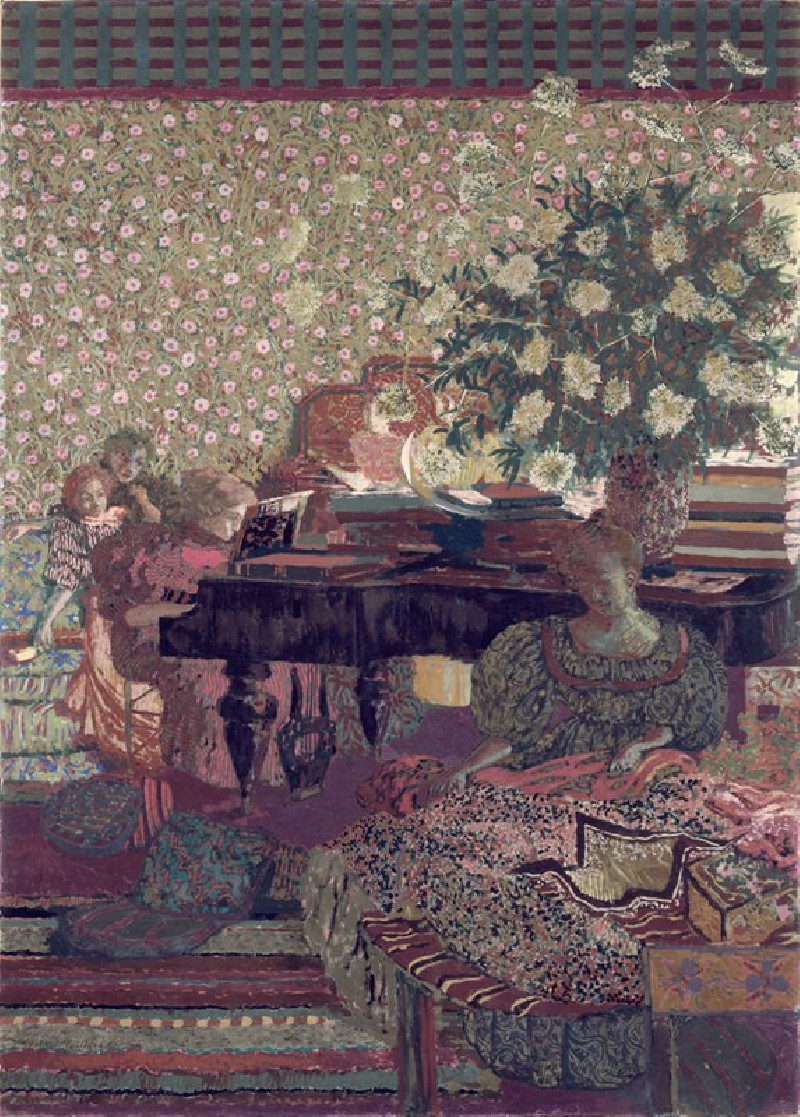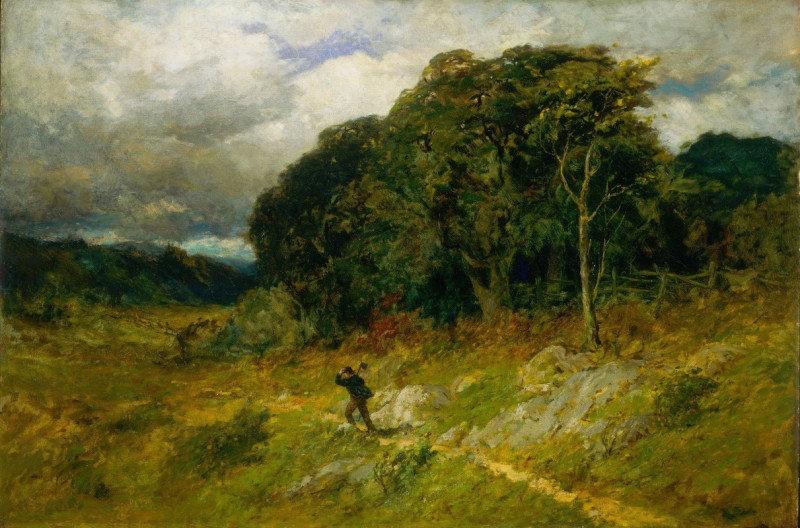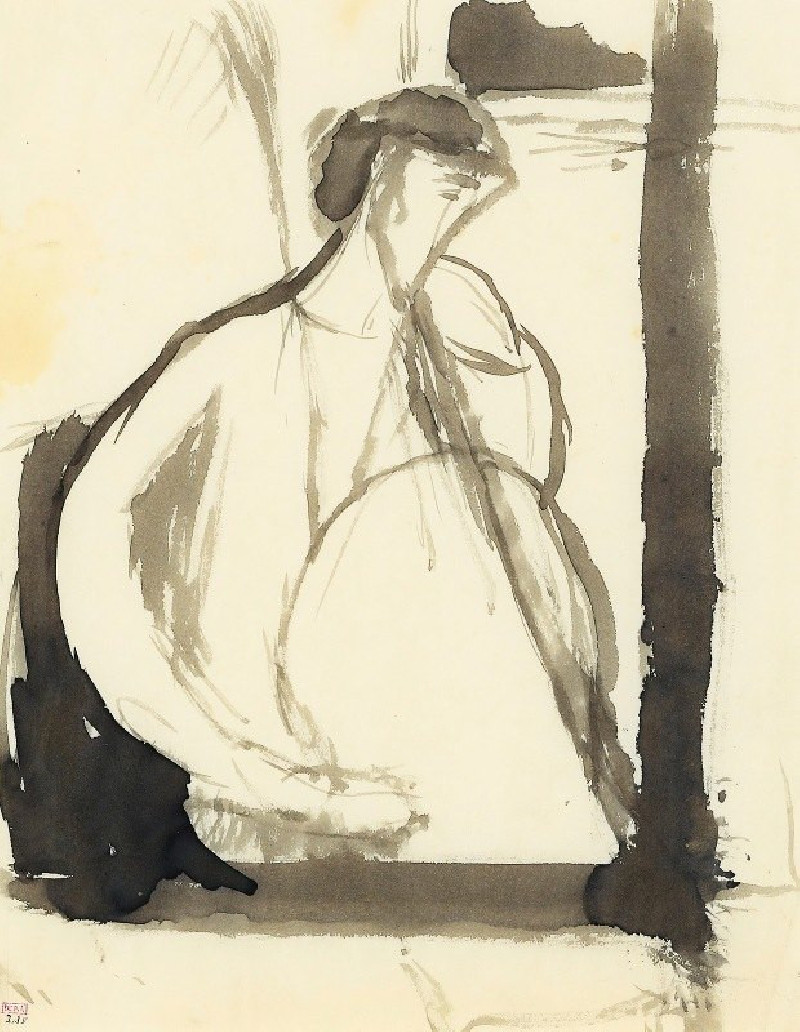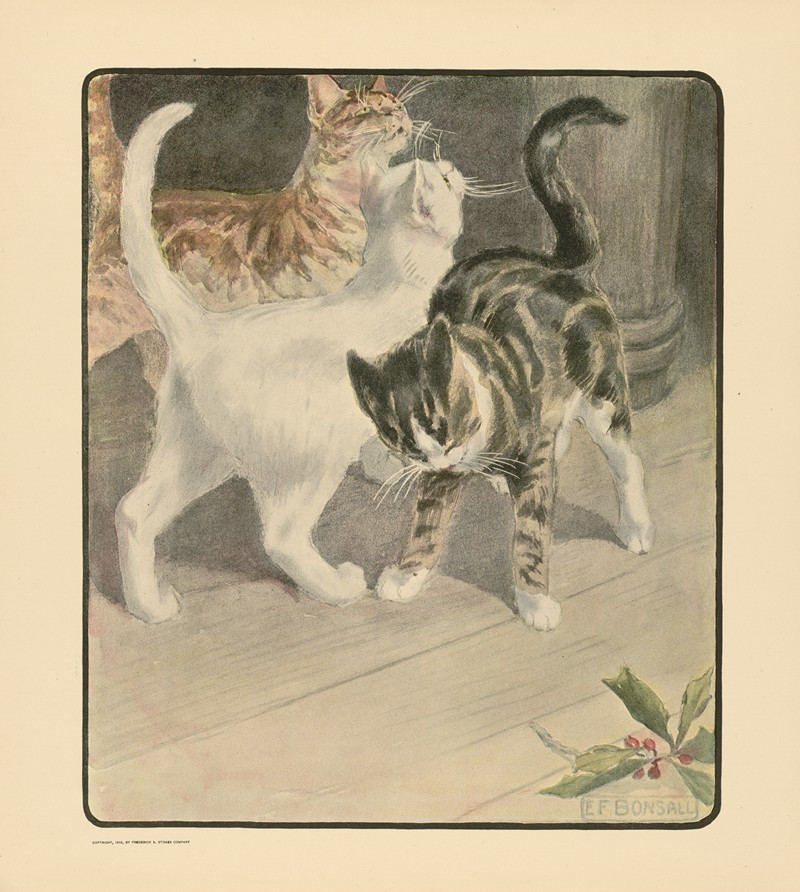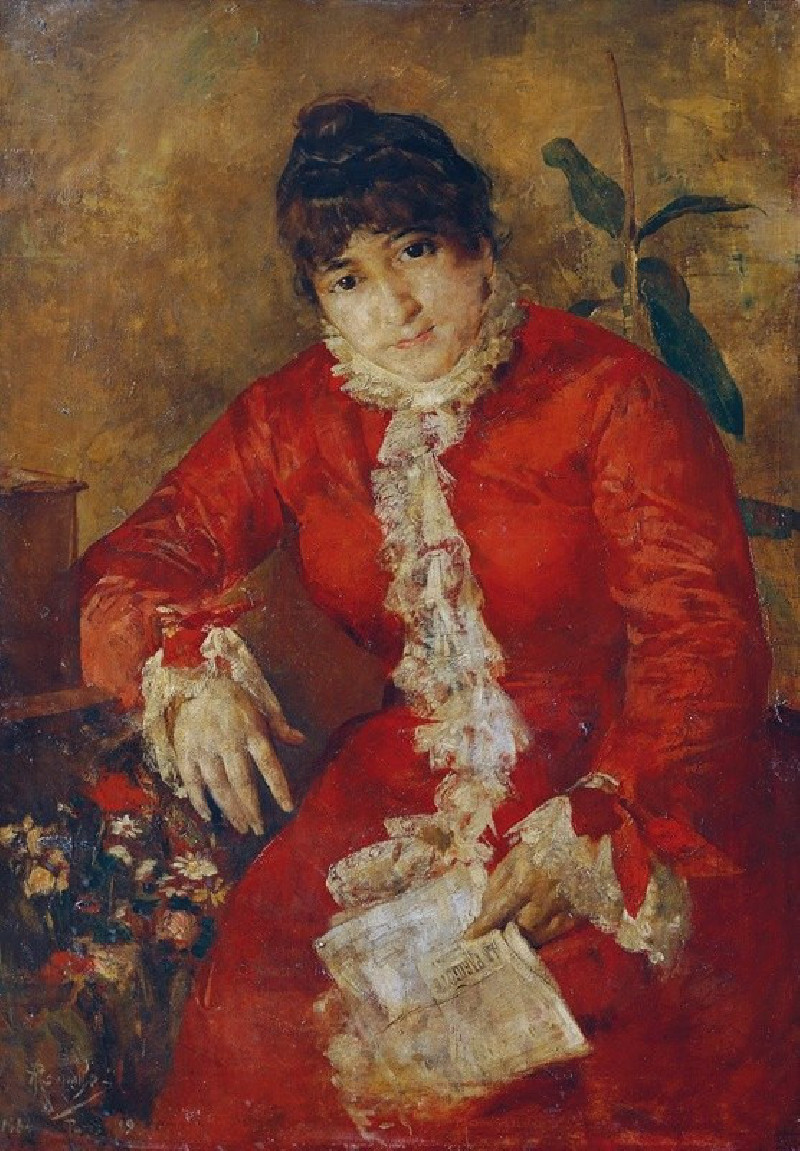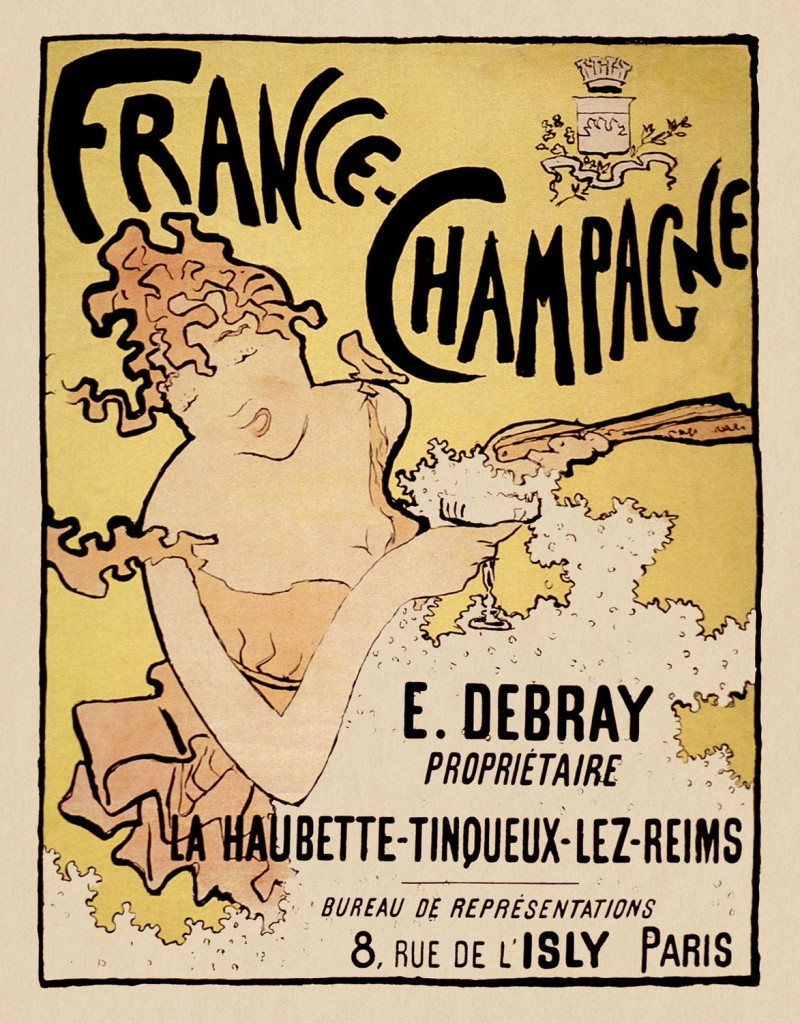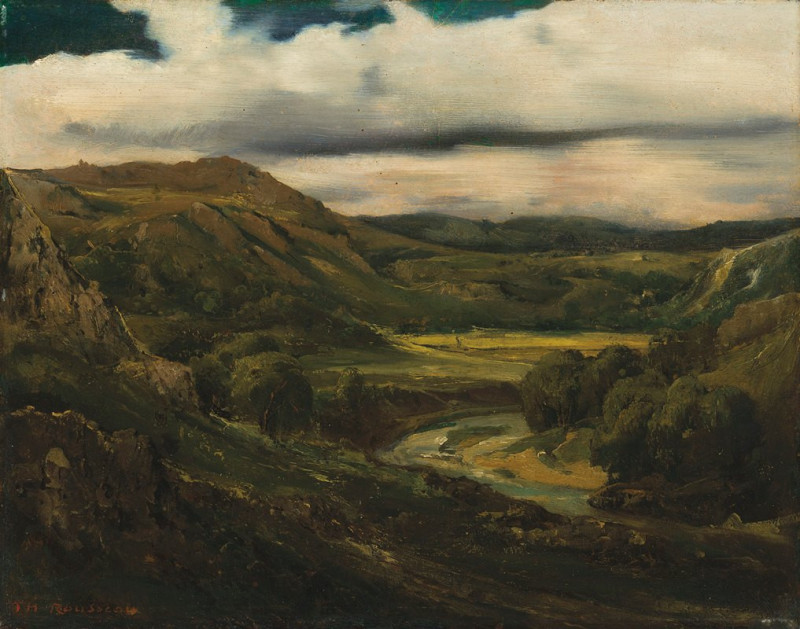Felsen Kammern (Rock-Cut Chambers) (1930)
Technique: Giclée quality print
Recommended by our customers
More about this artwork
Delve into the enigmatic beauty of Paul Klee's , created in 1930, a piece that showcases Klee's mastery in blending color, texture, and geometric forms to evoke deep contemplation and visual interaction. This artwork profoundly encapsulates Klee's philosophical exploration of abstract form and nature's mysteries in an almost archaeological, layered composition.At first glance, the painting might seem like a complex map of an unearthed civilization. The use of muted earth tones combined with patches of bold blues forms a visual narrative that transcends simple interpretation. The canvas is divided into various abstract blocks and forms, creating an illusion of rock layers or cave walls. Strikingly, the painting is framed with lines and geometric shapes, including rectangles and circles, highlighted with golden tones that add an element of order and mystique.Klee's technique involves a mix of oil and watercolor on paper, further texturing the surface and giving the artwork an aged, weathered look, as if elements themselves have sculpted these visuals over time. The interplay of light and shadow, along with the strategic use of color, suggests depth and corridors hidden within the 'rock chambers'."Felsen Kammern" is a testament to Paul Klee’s ability to invoke curiosity and interpret abstract thoughts through tangible forms. It invites viewers to ponder on the ancient, perhaps even spiritual, interpretations of human existence and natural formations. This painting not only stands as a significant visual exploration but also as an intellectual journey into the depths of geological and metaphysical realms.
Delivery
Returns
Paul Klee was a Swiss-born German artist. His highly individual style was influenced by movements in art that included expressionism, cubism, and surrealism. Klee was a natural draftsman who experimented with and eventually deeply explored color theory, writing about it extensively; his lectures Writings on Form and Design Theory (Schriften zur Form und Gestaltungslehre), published in English as the Paul Klee Notebooks, are held to be as important for modern art as Leonardo da Vinci's A Treatise on Painting for the Renaissance.

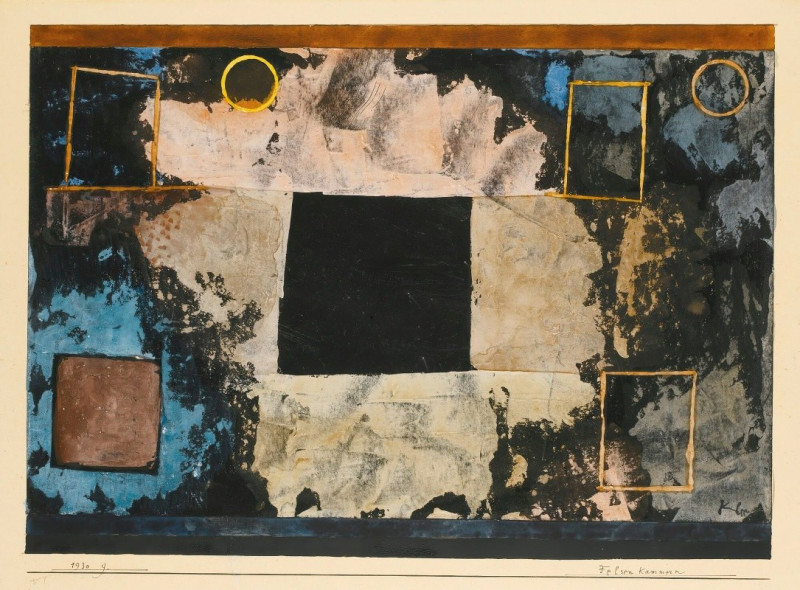






























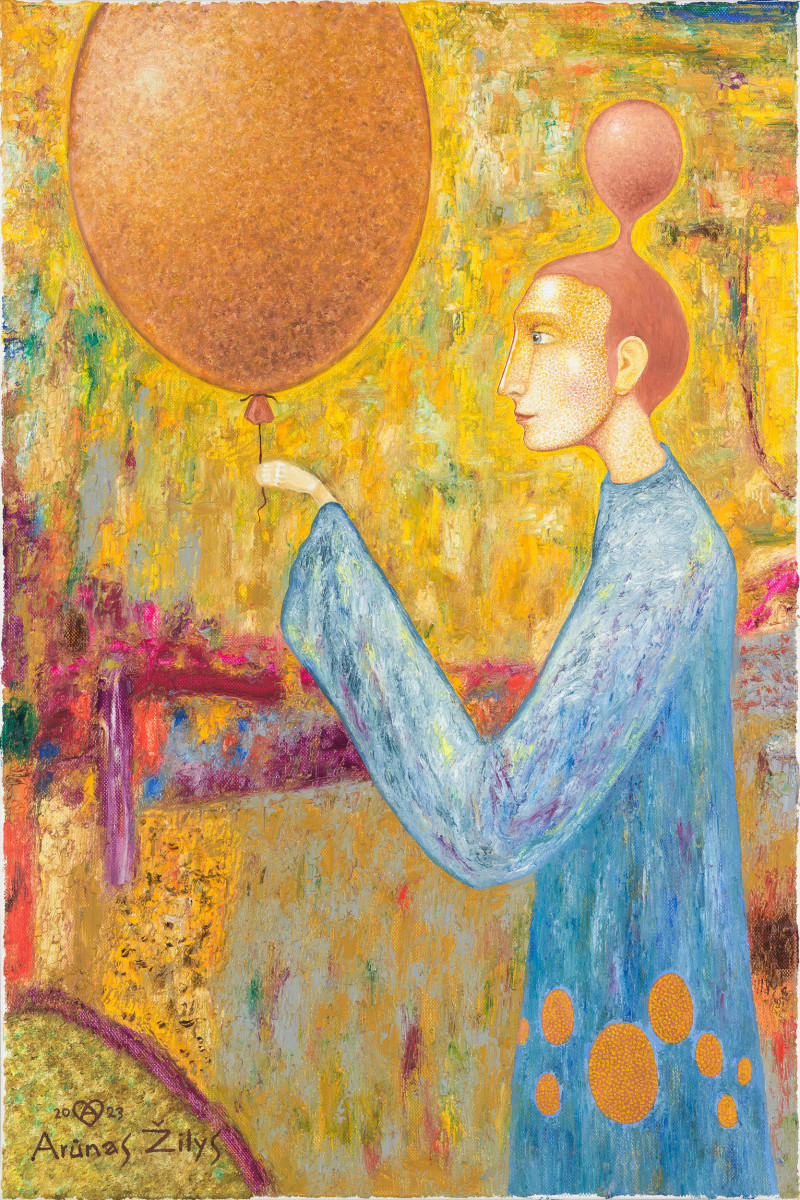
![Die Wölfe (Balkankrieg) [The Wolves (Balkan War)] (1913) reproduction of painting by Franz Marc. ALL GICLEE PRINTS](https://reprodukcijos.lt/38850-large_default/reproduction-of-die-wolfe-balkankrieg-the-wolves-balkan-war-1913.jpg)
